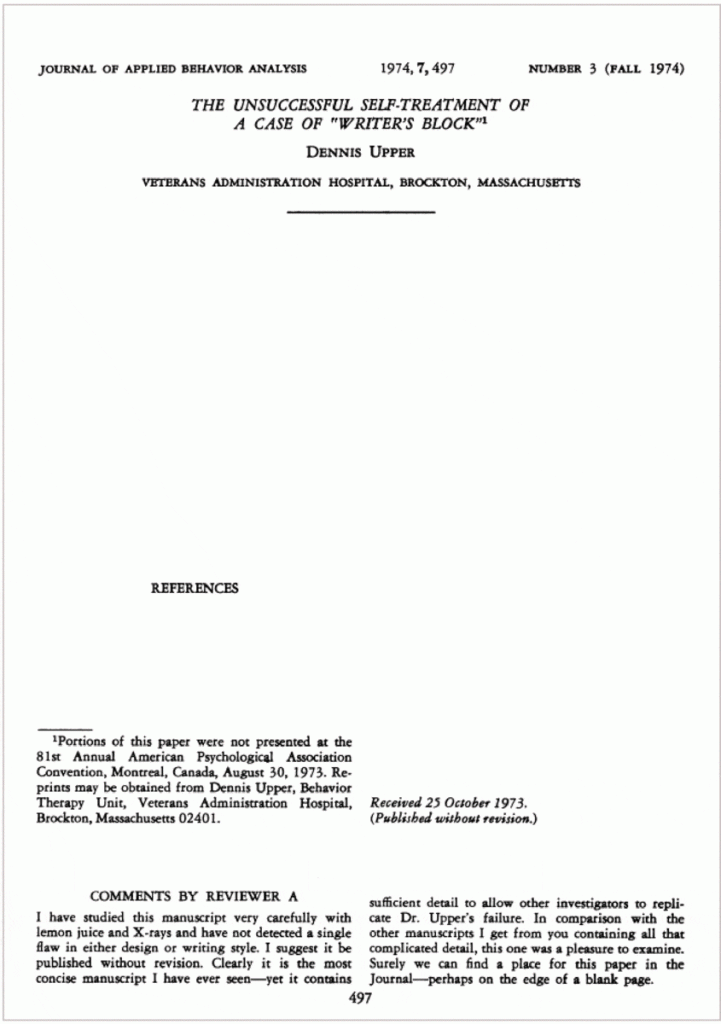When it came out in 1995, Mamoru Oshii’s Ghost in the Shell showed the world what the art of Japanese animation could do with the kind of gritty, tech-saturated, globalized cyberpunk visions popularized in the previous decade by William Gibson and other writers. The film’s particularly successful release in the United Kingdom got some culturally savvy marketers in Ireland thinking: why not use this sort of thing to sell beer?
But rather than ripping it off and watering it down — all too par for the course in advertising — they hired animators straight from Production I.G., Ghost in the Shell’s studio, to create a whole new animated cyberpunk reality, the one in which Last Orders, the minute-long spot above, takes place. The 1997 commercial tells the story of six samurai rushing through a cityscape that has everything we’ve now come to expect from this genre: forests of high-rises, bustling streets, mysterious women, artificial humanoids, the technological everywhere merged with the organic, and neon signs aplenty.
The samurai converge on their destination, a tavern, just in time to silently but firmly signal their demand for their drink of choice: Murphy’s Irish Stout, a Heineken-distributed brew offered as a lighter, less bitter alternative to the market-dominating Guinness. But no matter of the steely determination of the samurai in Last Orders, the first anime-style commercial ever to air in the UK and Ireland, it seems that one challenges such an iconic brand at one’s peril: Murphy’s currently has only a five-percent share of the Irish stout market, and that mostly thanks to a 28-percent share in its native Cork.
The Japanese animators who worked on the commercial have fared rather better, going on to, among many other respected projects, Blood: The Last Vampire and Jin-Roh: The Wolf Brigade. Though I’ve never encountered Murphy’s on any tap, I’d gladly watch a movie or even an entire series set in its world. The stout market, the mighty Guinness included, may have been on the decline in recent years, but cyberpunk, in our own ever more globalized and tech-saturated reality, seems about due for a comeback.
via Kotaku
Related Content:
Watch a New Star Wars Animation, Drawn in a Classic 80s Japanese Anime Style
The Art of Hand-Drawn Japanese Anime: A Deep Study of How Katsuhiro Otomo’s Akira Uses Light
Based in Seoul, Colin Marshall writes and broadcasts on cities and culture. His projects include the book The Stateless City: a Walk through 21st-Century Los Angeles and the video series The City in Cinema. Follow him on Twitter at @colinmarshall or on Facebook.


